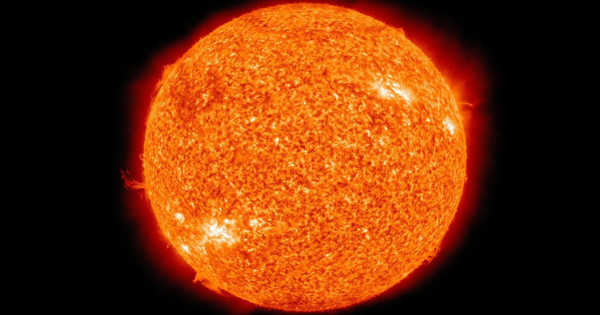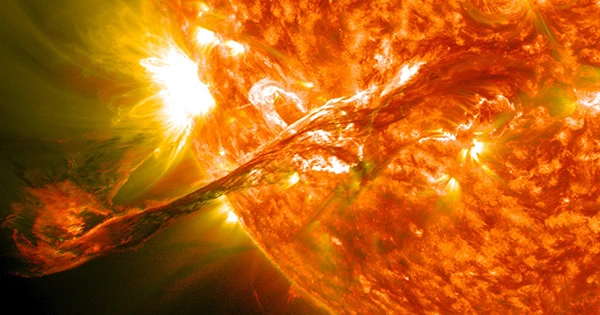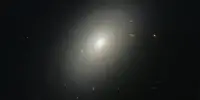One of NASA’s declared aims when it unveiled its probe to study the Sun from record near distances was to sample the solar corona, evocatively referred to as “touching the Sun.” However, there is a chasm between reaching this aim and understanding that it is accomplished.
Now, NASA has confirmed that the Parker Solar Probe penetrated the corona in April, gathering data that will examined for many years, possibly resolving the long-standing mystery of why the corona is hotter than the Sun’s surface. The trip into the corona, which was announced in Physical Review Letters, is a first for a human-made device, adding to Parker Solar Probe’s already-record-breaking mission.
Because the Sun is not solid, there is no clear line between where it ends and where space begins. The Sun’s atmosphere is known as the corona and it is the zone where solar material is restricted by gravity and magnetic fields. Beyond it, the solar wind takes over, permanently directing material away from the Sun rather than cycling back and forth, as it does within the corona.

While scientists were convinced that a dividing line between the corona and the solar wind exists, known as the Alfvén critical surface, their position was unknown, with estimates varying from 6.9-13.8 million kilometers (4.3 to 8.6 million miles) from the Sun’s surface.
Furthermore, they are aware that the accurate figure would only be an average, with the corona expanding and contracting wildly as if a concertina played erratically. The time of an orbit’s travel may determine whether it passes through it.
Parker was 13 million kilometers (8.1 million miles) from the Sun’s surface on April 28 when he encountered particles and magnetic characteristics believed to be present in the corona. The incident was not immediately publicized because it took some time to process the data, and NASA scientists wanted to double-check their results before making a public release.
In a statement, NASA’s Dr. Thomas Zurbuchen said, “Parker Solar Probe “touching the Sun” is a landmark milestone for solar research and a really extraordinary effort.” “Not only does this achievement provide us a better understanding of our Sun’s evolution and its effects on our solar system, but what we learn about our own star tells us more about stars across the universe.”
Parker’s research of the corona began long before he arrived there. Switchbacks are magnetic formations that zigzag across the solar wind. Parker discovered in 2019 that they are far more prevalent than previously thought. Parker has since gotten near enough to see that at least some of the switchbacks begin at the solar surface and are exceptionally rich in helium.
The probe even traveled through a “pseudostreamer,” an enormous structure visible during total eclipses that radiates from the Sun’s surface. Parker discovered that the corona’s turbulent circumstances calmed down within the pseudostreamer, with slower-moving particles and fewer switchbacks. According to Parker’s team, magnetic fields are strong enough to affect particle movement.
Parker moved in and out of the corona numerous times on the first pass, owing to the undulating character of the Alfvén critical surface and the shallowness of the pass. Parker, on the other hand, came far closer to the Sun’s surface last month. This trip is most likely accompanied by a significantly longer journey through the corona and more comprehensive data.
Future passes will bring Parker even closer, reaching about half the distance of the April flyby if it can withstand the scorching heat. We should expect considerably more in-depth research as activity goes towards the next solar maximum, which coincides with a general tendency for the corona to expand.
















